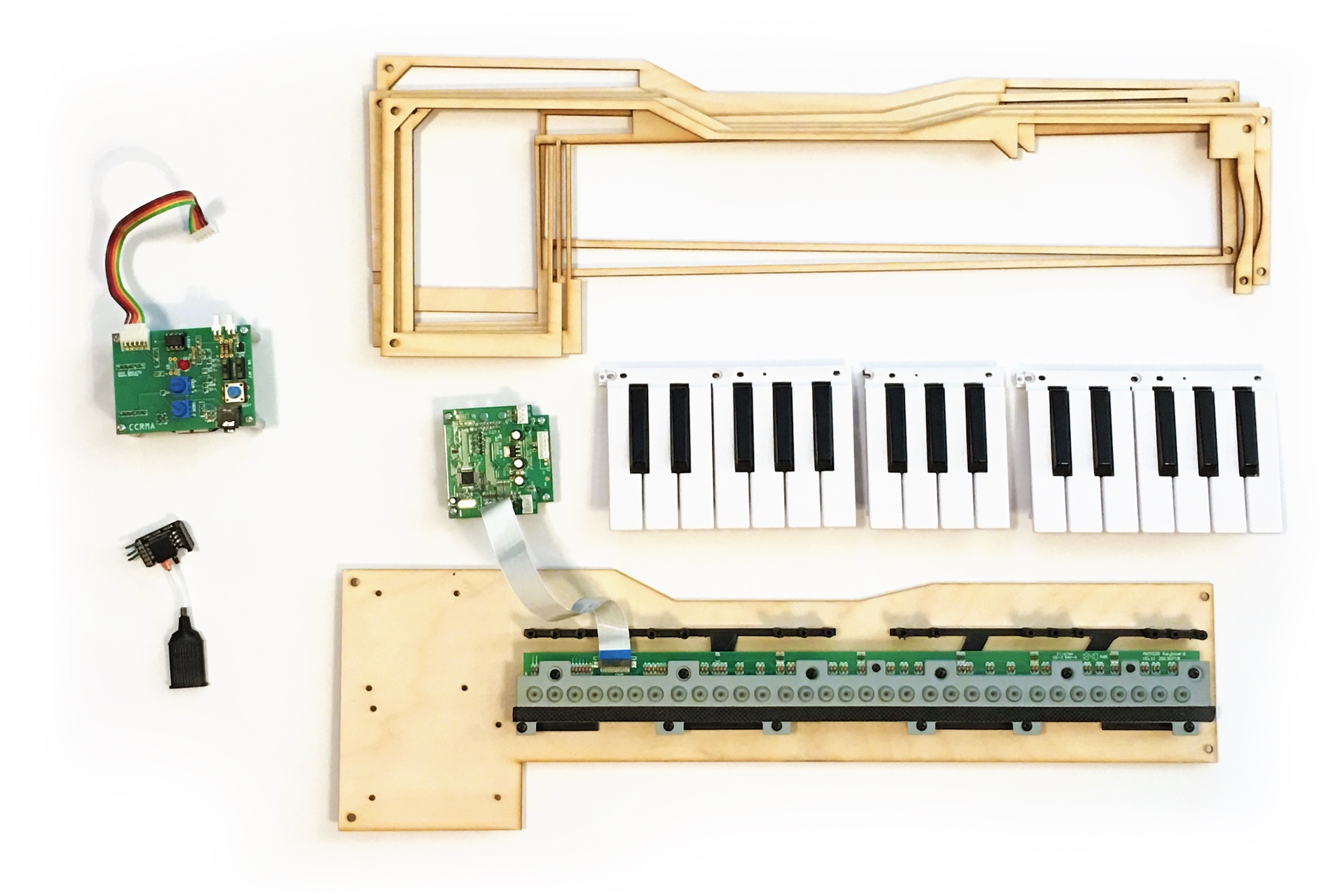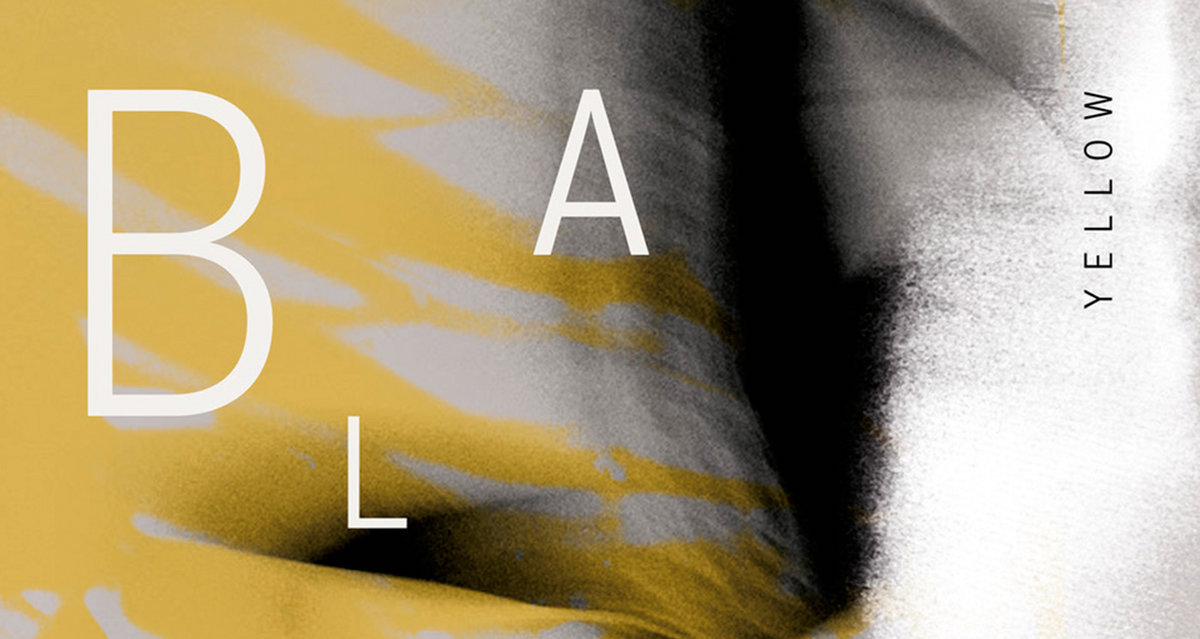Multichannel interactive granulator
A synthesizer by Raphael Panis using Bela, Trill and CTAG
French composer and music technologist Raphael Panis has created a multichannel synthesiser which serves as a test bed for electronic music. It can act as an eight channel granular synthesiser amongst other things. This instrument brings together the CTAG multichannel cape and Trill touch sensors for realtime control.
Microsounds
Raphael has been working closely with composers over the last year who wanted a way to bring electronic elements into their compositions. This was the initial inspiration for creating this multichannel granular synth – as a way of easily integrating multichannel electronic textures and experimenting with different synthesis techniques and effects without the need for a laptop.
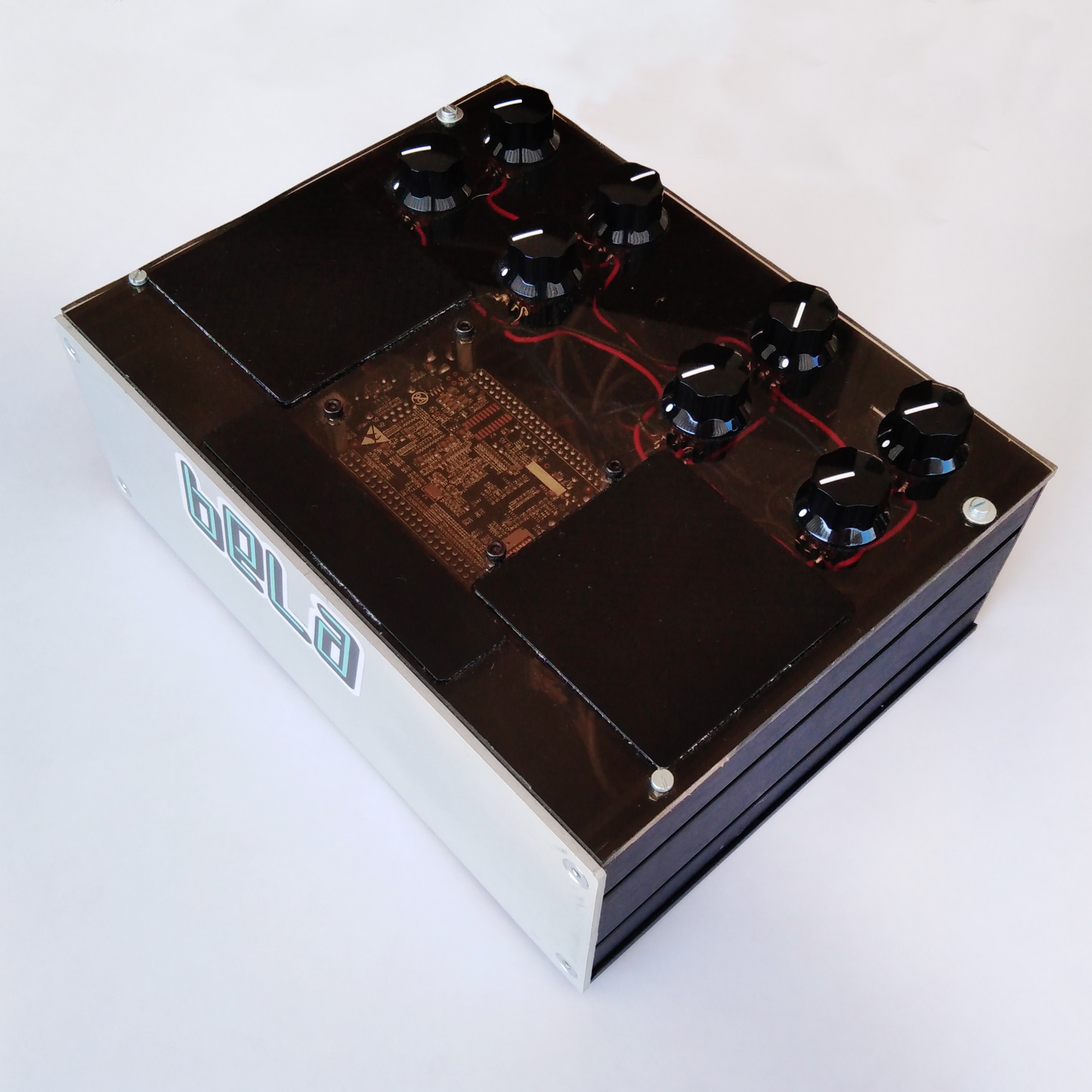
The hardware
The aim was to create a hardware test bed for different types of synthesis in multichannel. The synth features a Bela board with the CTAG multichannel cape which gives 4 inputs and 8 outputs of high quality audio.
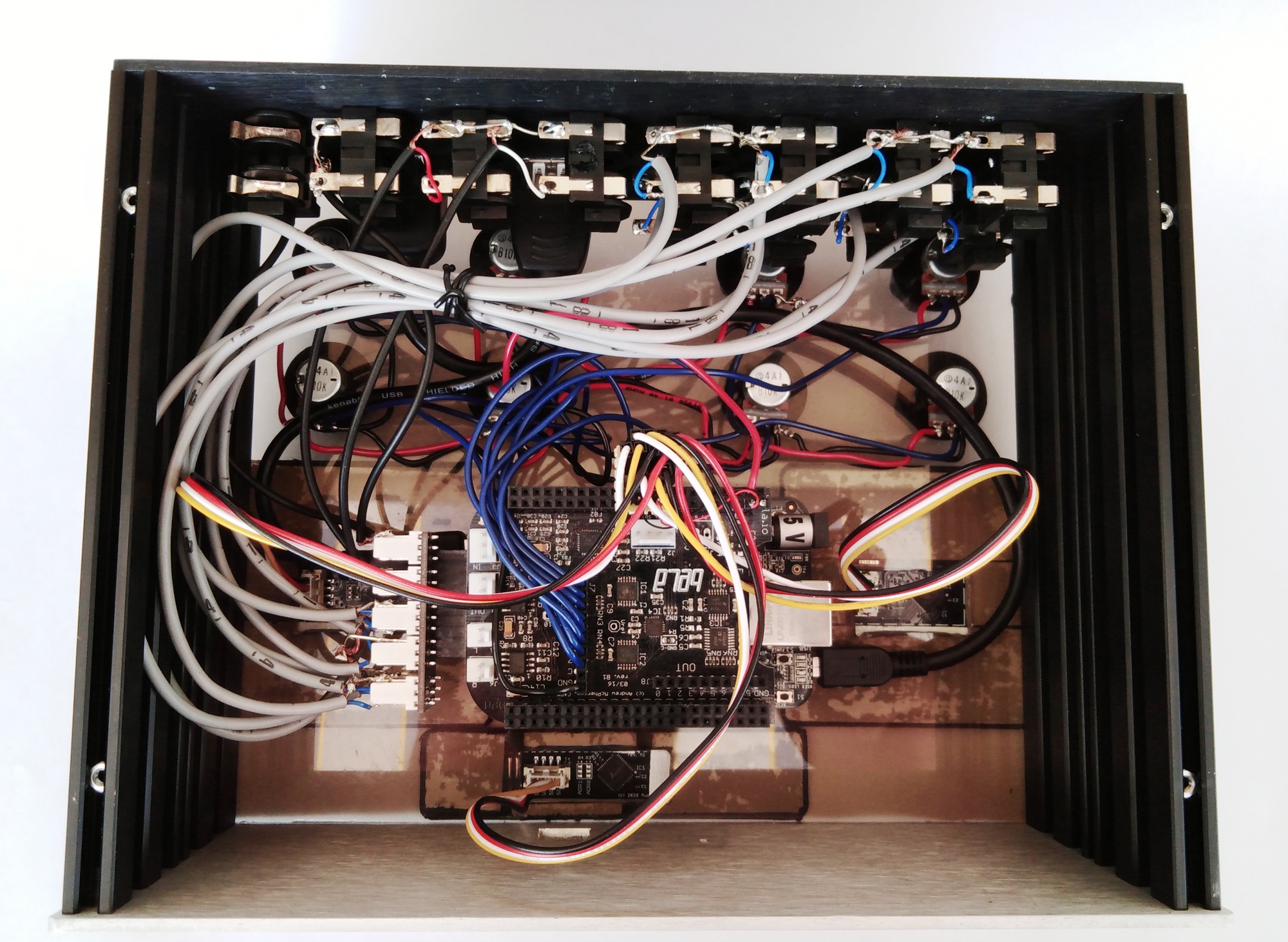
For the control interface there are 8 potentiometers connected to the analog inputs of Bela plus 3 Trill sensors: 2 Square and 1 Bar.
The software
The first test program which can be seen in the video at the top of this post is a granular synth which can generate up to 70 simultaneous grains. The grains in the video are a simple sine tone going though an Attack-Decay envelope but could be replaced with live sampled sound. Each of the grains each can be sent to any of the 8 outputs with the spatialisation controlled in realtime. The grain frequency is randomly distributed between a min and max value (controlled via two fingers on the Trill Bar which represent the min and max). The distribution can be either completely random, or distributed on the harmonics of the fundamental frequency.
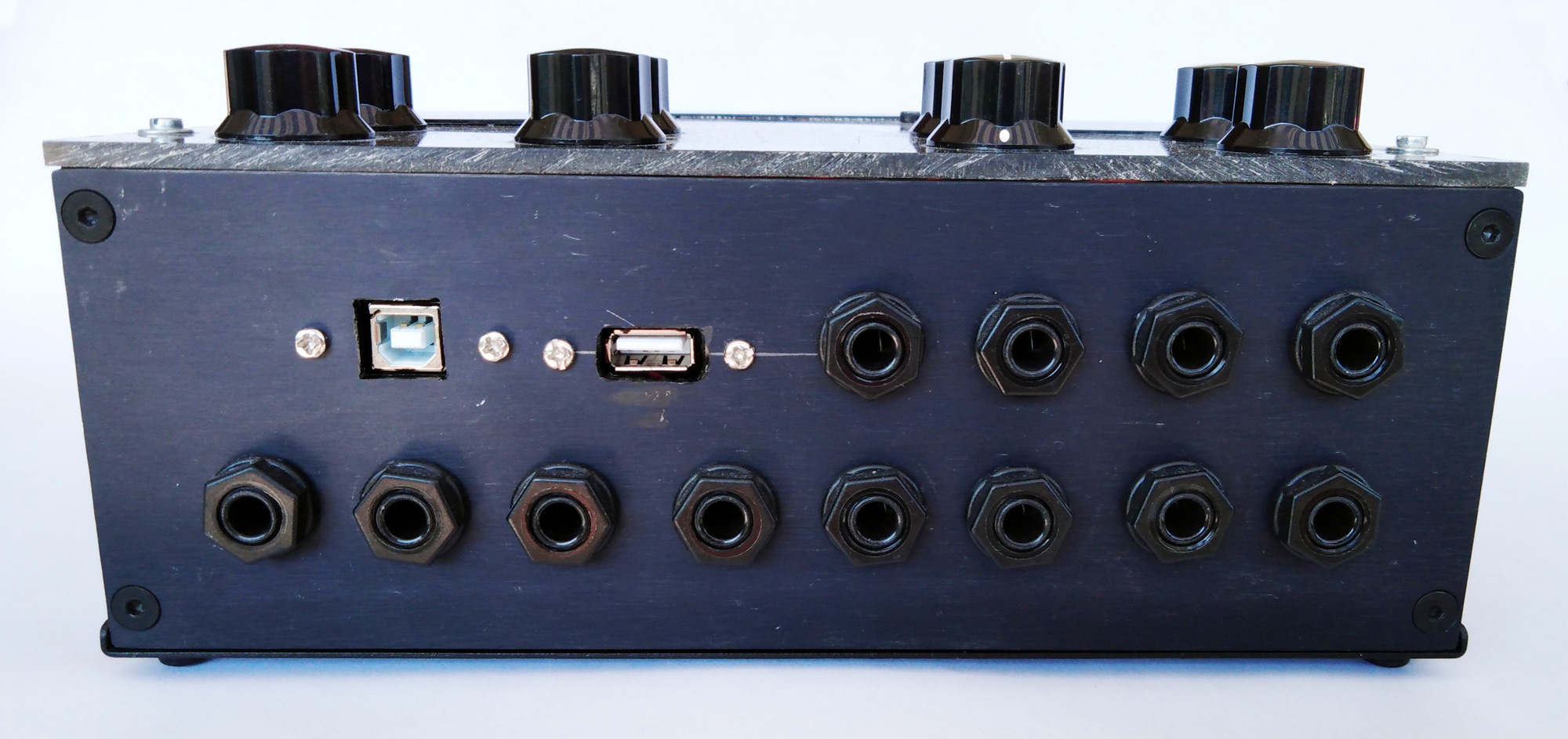
You can find the full code here which was written in C++ generated from FAUST.
More to come
A further development of this idea is forthcoming towards the end of 2020. This version builds on a Bela Mini to create a realtime effects unit for acoustic instruments.
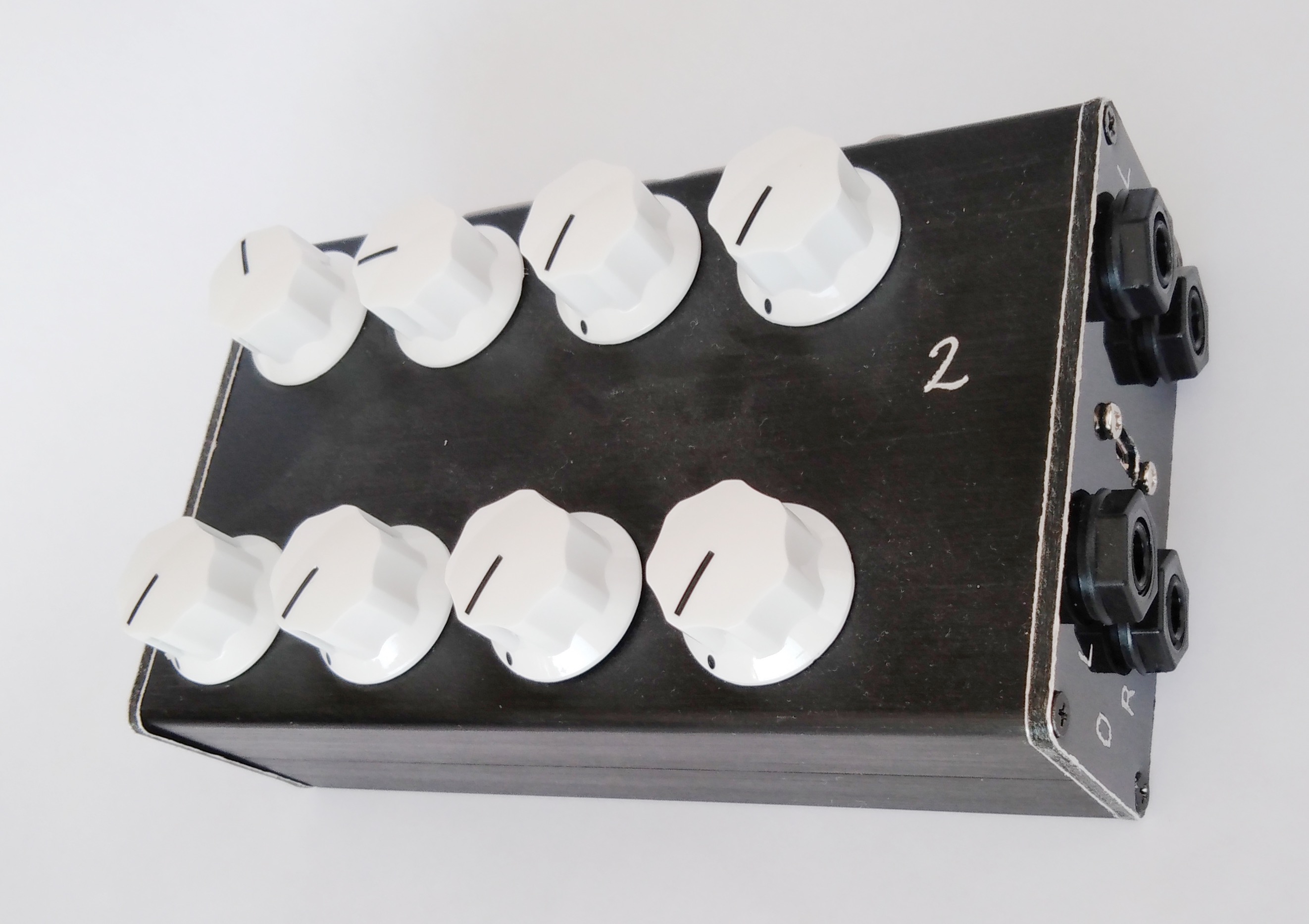
For more information on Raphael’s work you can visit his blog http://rpanis.blogspot.fr/ and his website for technical projects: https://www.rpanis-tekhne.fr/. Thanks to Raphael for sharing this project with us and we look forward to hearing more in the future.


